/PAlogo_v2.gif) |
|
Post Reply 
|
| Author | |||
Xonty 
Forum Senior Member 
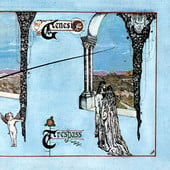
Joined: June 23 2013 Location: Cornwall Status: Offline Points: 1759 |
 Topic: Best Chords In A Song/Album Topic: Best Chords In A Song/AlbumPosted: November 16 2013 at 16:14 |
||
|
I've been looking for songs recently with the most interested chord progressions that shouldn't mix but do, progressions that you can't think how the artist came up with them, or just straight interesting chords. I mean albums like The Lamb Lies Down On Broadway and What's Going On, etc. Does anyone know any like this that I probably haven't heard that I should? Really keen to see what people say!

Edited by Xonty - November 16 2013 at 16:15 |
|||
 |
|||
Neo-Romantic 
Forum Senior Member 
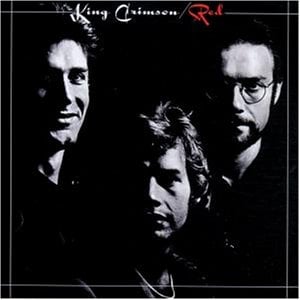
Joined: January 09 2013 Status: Offline Points: 928 |
 Posted: November 16 2013 at 16:38 Posted: November 16 2013 at 16:38 |
||
|
A few of my personal faves have some really interesting harmonic languages. I'll stick to more modern ones, since it's a safe bet that the classics are guaranteed to fall into this category by default: Discipline - Unfolded Like Staircase and To Shatter All Accord (Particularly on Rogue) Riverside - Anno Domini High Definition Opeth - Still Life and Ghost Reveries Dream Theater - Images & Words and Awake Anglagard - Hybris and Viljans Oga |
|||
 |
|||
The.Crimson.King 
Forum Senior Member 
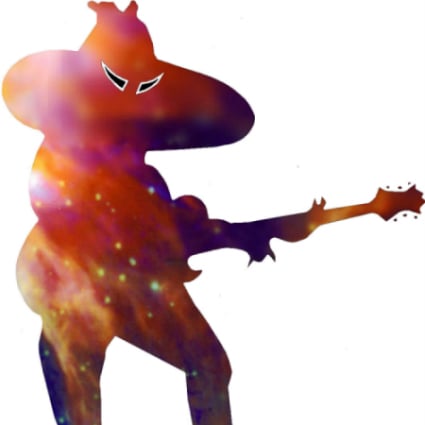
Joined: March 29 2013 Location: WA Status: Offline Points: 4591 |
 Posted: November 16 2013 at 18:53 Posted: November 16 2013 at 18:53 |
||
|
The craziest thing I've ever heard with regards to this is Cretaceous Chasm by Blotted Science. It's not so much chord progressions as defining unusual scales or groupings of notes and building the harmonic structure of the song around those. What they're doing technically falls under the definition of "12 tone music" where instead of choosing a key or scale to write in, you take the 12 tones that make up a chromatic scale and put them in any order you like, then you use that order to create your composition. Here's a cool video that explains what they did and what it sounds like...enjoy

|
|||
 |
|||
Neo-Romantic 
Forum Senior Member 

Joined: January 09 2013 Status: Offline Points: 928 |
 Posted: November 16 2013 at 20:22 Posted: November 16 2013 at 20:22 |
||
|
^Very interesting take on the 12-tone technique! I much prefer that to straight serialism. So much more melodic than following a fixed progression of pitches.
|
|||
 |
|||
The.Crimson.King 
Forum Senior Member 

Joined: March 29 2013 Location: WA Status: Offline Points: 4591 |
 Posted: November 16 2013 at 23:20 Posted: November 16 2013 at 23:20 |
||
Same for me, I think strict serialism is much more interesting in theory than in actual practice. 12 tone - at least based on Schoenberg's real world application - is much more flexible than it would appear at first glance. When a student admonished him for not following the rules of strict serialism in one of his pieces, Schoenberg reportedly replied, "it's a twelve tone COMPOSITION, not a TWELVE TONE composition". As far as the Blotted Science piece above, I think it's fascinating to see/hear how the subgroups of the 12 tone row create different sections of a connected piece.
|
|||
 |
|||
Neo-Romantic 
Forum Senior Member 

Joined: January 09 2013 Status: Offline Points: 928 |
 Posted: November 17 2013 at 02:59 Posted: November 17 2013 at 02:59 |
||
Very interesting story about Schoenberg. I definitely believe it too; there's so much bickering about how effective his approach was by his contemporaries and descendants. I remember learning that many of the French serialists preferred the ideas of one of his protégées, Anton Webern. His stuff is pretty out there. So sparse... The dude's entire compositional output can be played in less than 4 hours. |
|||
 |
|||
irrelevant 
Collaborator 
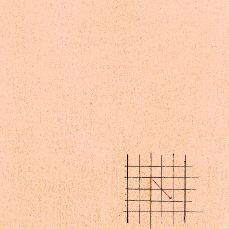
Honorary Collaborator Joined: March 07 2010 Location: Australia Status: Offline Points: 13382 |
 Posted: November 17 2013 at 09:11 Posted: November 17 2013 at 09:11 |
||
|
The chords and chord progressions Hatfield And The North use stick out to me. Not prog but Steely Dan too.
|
|||
 |
|||
Dean 
Special Collaborator 
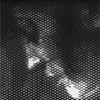
Retired Admin and Amateur Layabout Joined: May 13 2007 Location: Europe Status: Offline Points: 37575 |
 Posted: November 17 2013 at 09:54 Posted: November 17 2013 at 09:54 |
||
|
The sounds of colour and the light of a sigh, and to hear the sun, what a thing to believe. But it's all around if we could but perceive, to know ultra violet, infra-red and X-rays, beauty to find in so many ways. Two notes of the chord, that's our full scope but to reach the chord is our life's hope, and to name the chord is important to some. So they give a word and the word is:
Om
|
|||
|
What?
|
|||
 |
|||
dr wu23 
Forum Senior Member 

Joined: August 22 2010 Location: Indiana Status: Offline Points: 20451 |
 Posted: November 17 2013 at 10:32 Posted: November 17 2013 at 10:32 |
||
|
|||
|
One does nothing yet nothing is left undone.
Haquin |
|||
 |
|||
The.Crimson.King 
Forum Senior Member 

Joined: March 29 2013 Location: WA Status: Offline Points: 4591 |
 Posted: November 17 2013 at 13:51 Posted: November 17 2013 at 13:51 |
||
Ya, Webern, probably Schoenberg's most well known student...here's what Frank Zappa had to say about him: The other composer who filled me with awe -- I couldn't believe that anybody would write music like that -- was
|
|||
 |
|||
Kazza3 
Forum Senior Member 
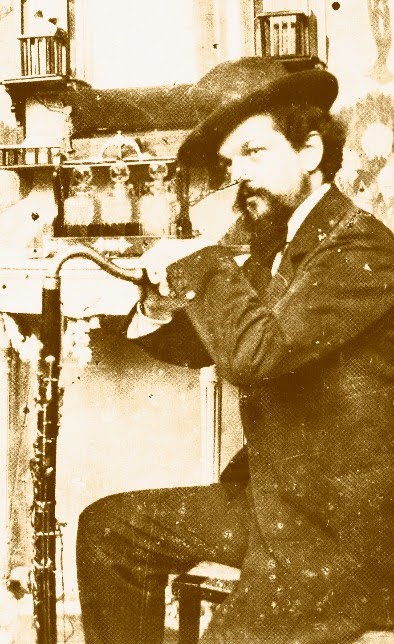
Joined: November 29 2009 Location: Australia Status: Offline Points: 557 |
 Posted: November 17 2013 at 22:15 Posted: November 17 2013 at 22:15 |
||
Eh. Cool that they're trying out stuff like that, it sounds good, and they can do whatever they want, but technically I think this is just a little too loose with the tone row to count- I mean, they don't actually really use the tone row at all, breaking it into groups and picking notes from that section, etc, they're almost never actually following along the row (you could extend that definition to say all non-microtonal music is 12-tone because it's taken from those 12 notes!). Indeed, Schoenberg often didn't follow the strict rules of adhering to the tone row, whether straight, inverted, reversed, or both; but he still mostly followed it, using parts (but unlike Blotted Science, still in row order), or just skipping a note here or there, or repeating notes. Webern was much more strict. Interestingly, you can compose tonally using a twelve tone row, this piece by Schoenberg is almost Brahms-esque at times: Also, yes, Webern was definitely more popular in the latter half of the 20th century; after WWII when hard and fast modernism really took hold, Webern was one of the few pre-WWII composers that the composers of the time were willing to take influence from. Sorry for the derail, OP, I'll think about your question later.
|
|||
 |
|||
The Mystical 
Forum Senior Member 
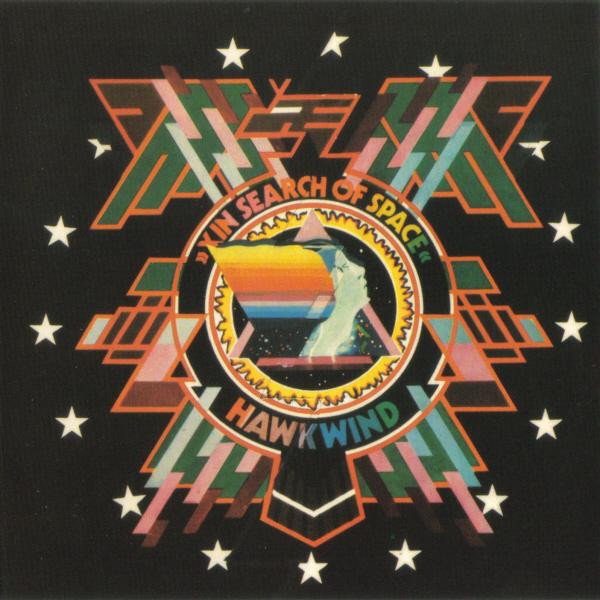
Joined: May 20 2012 Status: Offline Points: 604 |
 Posted: November 17 2013 at 23:08 Posted: November 17 2013 at 23:08 |
||
|
The Gates of Delirium have some great chords.
|
|||
|
I am currently digging:
Hawkwind, Rare Bird, Gong, Tangerine Dream, Khan, Iron Butterfly, and all things canterbury and hard-psych. I also love jazz! Please drop me a message with album suggestions. |
|||
 |
|||
The.Crimson.King 
Forum Senior Member 

Joined: March 29 2013 Location: WA Status: Offline Points: 4591 |
 Posted: November 18 2013 at 16:21 Posted: November 18 2013 at 16:21 |
||
I don't know, the Blotted Science piece does open with an arpeggio of the complete tone row, then jumps into all the subgroups. Might have been better if they had stayed with the original tone row a bit more. I think Schoenberg's point was to get people to step outside the bounds of common tonality but stop just short of complete random atonality...after all, Schoenberg gave the original title of his approach as "Method of composing with 12 tones that are only related to one another", so as long as the piece portrays that then it's a successful 12 tone composition : though I'd love to hear what Schoenberg would have to say about the Blotted Science piece
 |
|||
 |
|||
Icarium 
Forum Senior Member 

VIP Member Joined: March 21 2008 Location: Tigerstaden Status: Offline Points: 34050 |
 Posted: November 18 2013 at 22:06 Posted: November 18 2013 at 22:06 |
||
|
some Radiohead have realy spinechilly chordal structures, and progression. Isis have some realy good ones ass well
Supertamp also, :) |
|||
 
|
|||
 |
|||
verslibre 
Forum Senior Member 
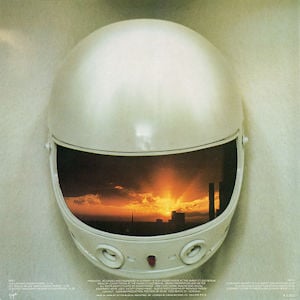
Joined: July 01 2004 Location: CA Status: Offline Points: 14965 |
 Posted: November 19 2013 at 00:53 Posted: November 19 2013 at 00:53 |
||
That's pretty cool, dude! I like the momentary contrast the suspended triads at 3 minutes and the arpeggio at 4-1/2 minutes give the composition. |
|||
 |
|||
moshkito 
Forum Senior Member 
Joined: January 04 2007 Location: Grok City Status: Offline Points: 16128 |
 Posted: November 19 2013 at 10:29 Posted: November 19 2013 at 10:29 |
||
SUPERB!
FABULOUS!
TOTALLY EXQUISITE!
And now back to my regular programming of pouting and om'ing!
|
|||
|
Music is not just for listening ... it is for LIVING ... you got to feel it to know what's it about! Not being told!
www.pedrosena.com |
|||
 |
|||
schizoidman 
Forum Senior Member 

Joined: March 25 2006 Location: Los Angeles Status: Offline Points: 460 |
 Posted: November 19 2013 at 13:23 Posted: November 19 2013 at 13:23 |
||
Yes. The time and effort that Fagan and Becker put into their songs including the chord voicings (piano and guitar fingerings) and passing chords...is just mind boggling.
I bought one of their songbooks years ago. The chords were pretty much correct but I had to go through my 10,000+ Guitar Chord book to find the correct voicing/fingering of the chords.
I don't mean to get too technical here but, for those that don't play a guitar, one chord can be played at least a dozen different ways. Edited by schizoidman - November 19 2013 at 15:29 |
|||
|
Making the useless useful 24/7.
|
|||
 |
|||
Tom Ozric 
Prog Reviewer 

Joined: September 03 2005 Location: Olympus Mons Status: Offline Points: 15916 |
 Posted: November 19 2013 at 14:48 Posted: November 19 2013 at 14:48 |
||
 - simply the most awesome album ever recorded...... - simply the most awesome album ever recorded......
|
|||
 |
|||
Post Reply 
|
|
| Forum Jump | Forum Permissions  You cannot post new topics in this forum You cannot reply to topics in this forum You cannot delete your posts in this forum You cannot edit your posts in this forum You cannot create polls in this forum You cannot vote in polls in this forum |